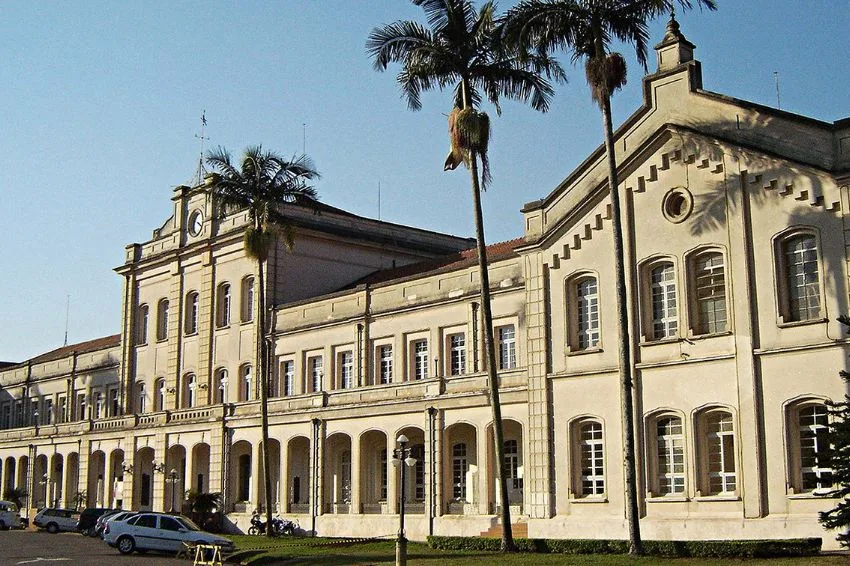The generation of solar energy – including the large power plants and the own generation systems - he was responsible for meeting 19.2% of Brazilian demand, with a total of 19,403 MW, in one of the most critical moments of great load from the country.
According to data from the ONS (National Electrical System Operator), at the November 13th one new record in instant demand load from SIN (National Interconnected System) was registered in Brazil, with 100,955 MW reached at 2:40 pm, due to the heat wave which affected several states.
That was the first time in the country's history that load surpassed the 100,000 MW mark. Until then, the record of 97,659 MW had been measured on September 26th of this year.
On the date this level was recorded, the cargo handling it was made by 8,505 MW of centralized solar generation (8.4%) and 10,898 MW of solar generation coming from systems of distributed micro and minigeneration (10.8%).
Hydraulic generation served 61,649 MW (61.1%), while thermal generation was responsible for 10,628 MW (10.5%) and wind generation for 9,284 MW (9.2%).
In addition to the record in the SIN, the Southeast/Central-West subsystem also reached a new maximum load level, surpassing, for the first time, the 60,000 MW milestone, reaching 60,502 MW at 2:35 pm. The highest value until then was 57,791 MW, which occurred on September 26, 2023.
At ABSOLAR evaluation (Brazilian Association of Photovoltaic Solar Energy), the simultaneity of heat peaks with high levels of solar generation in plants and on roofs is a unique characteristic of the photovoltaic source, which guarantees more robustness and safety to the electrical system as a whole.
Ricardo Barros, vice-president of centralized generation at the association, points out that the solar source has been and was fundamental in supporting the SIN at this time of rising temperatures and record demand.
“In addition to protecting the consumer’s pocket from the activation of thermoelectric plants – used to meet demand in moments like this, even though they are more expensive and have higher carbon emissions – solar also prevented the generation of more greenhouse gas emissions in the generation of electricity in the country,” he said.
















